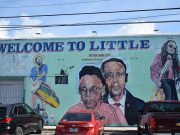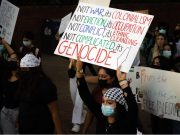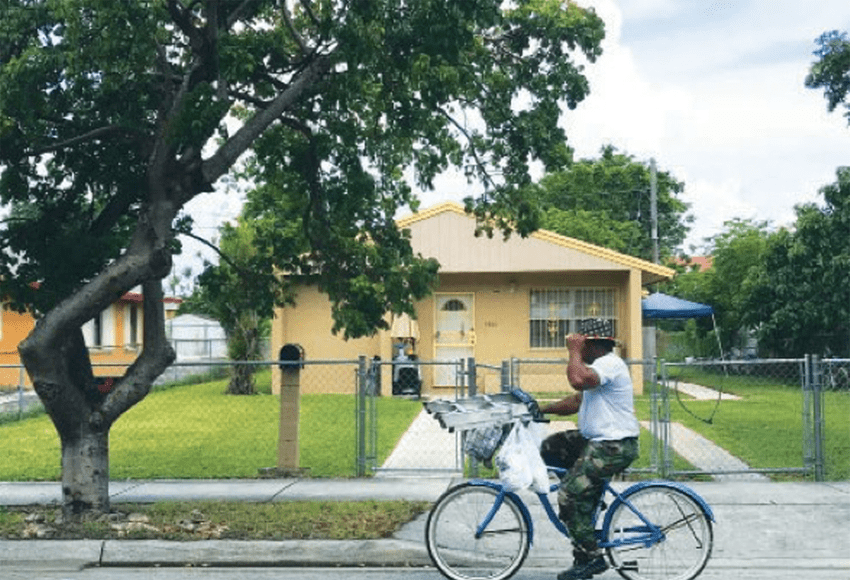
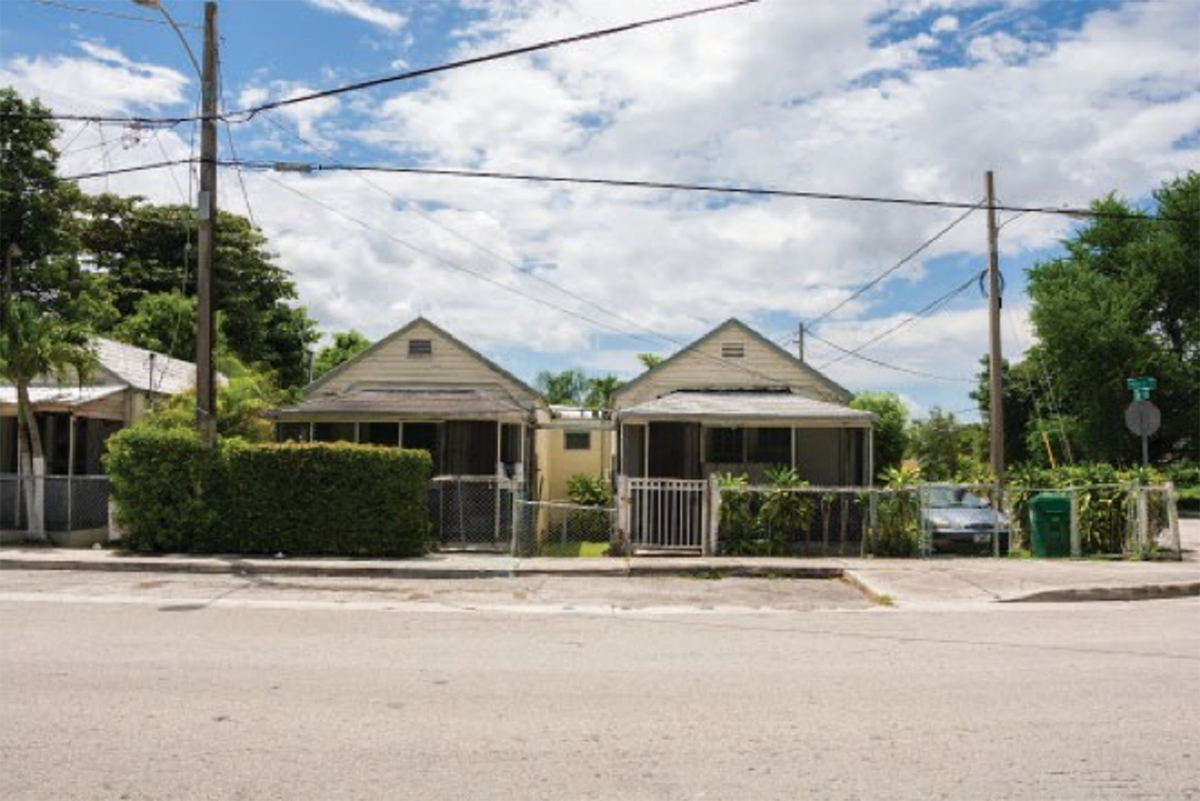

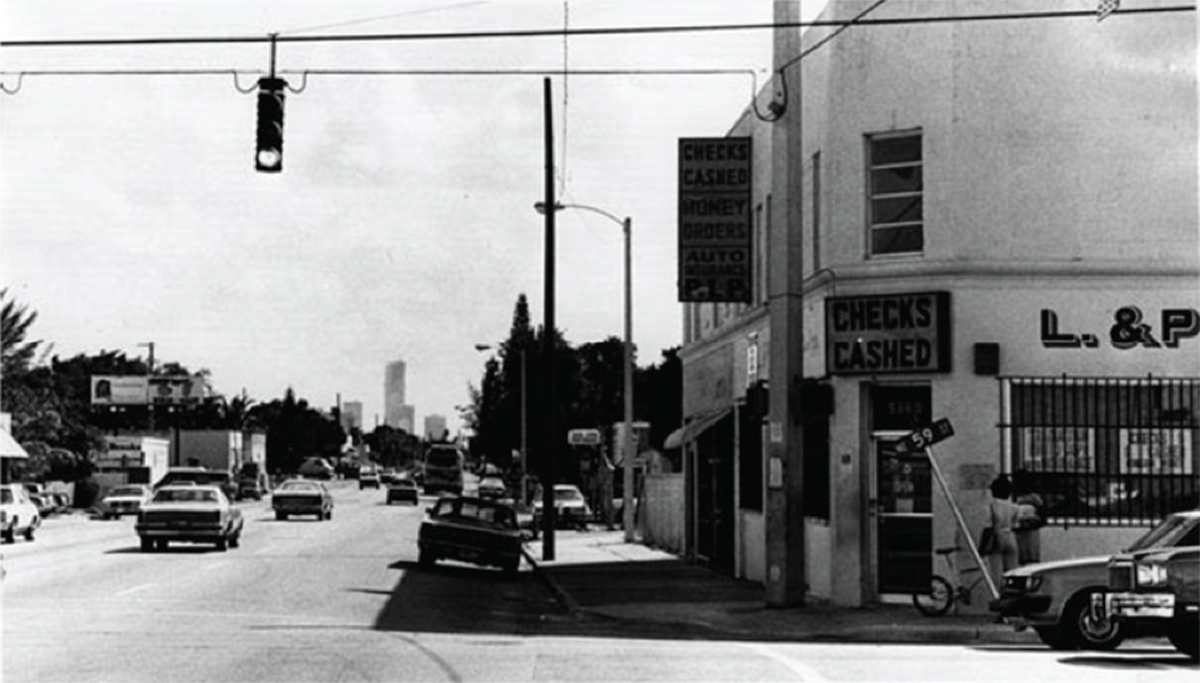
The U.S. is experiencing a racial housing divide that is rooted in generations of government-sanctioned discrimination, as historically redlined communities continue to suffer.
Redlining – which denied housing loans to people of color – was outlawed by the Fair Housing Act in 1968, but the remnants of it drive today’s geographical racial divide nationwide.
In the U.S. in 2019, 16 percent of people of color lived in high-poverty neighborhoods compared to four percent of the white population, as found by the National Equity Atlas.
Redlining was the practice of marking certain areas red to represent places where people of color lived – where not to give housing loans.
It began during the Roosevelt administration in the 1930s, a process fair housing advocates say was essentially government-sanctioned segregation that pushed residents of color to urban housing projects and encouraged white residents to live in growing cities or suburbs.
Three out of four of all neighborhoods in the U.S. that were redlined in the 1930s continue to struggle economically, according to a study by the National Community Reinvestment Coalition.
Black residents continue to receive higher interest rates on average compared with their white counterparts, according to a research study co-authored by Zhenguo Lin, an FIU business professor.
Naomi and Christopher Leyh are a married interracial couple living in Montgomery County, Maryland, just outside of Washington, D.C. As they consider searching for a new home, they say they are acutely aware of the effects of redlining and fear it will impact their search by steering them towards loan and housing options based on race.
Christopher volunteers with the Montgomery County Lynching Memorial Project–a group that educates the Montgomery County community on the history of lynching in the area–join their efforts in studying the racial housing disparity. Naomi is a cross-cultural training coordinator at a Cru — a college Christian ministry organization.
Christopher said that although racial discrimination is outlawed, redlining codes remain on city charters. A Maryland law enacted on Oct. 1, 2020, allows homeowners to go to court to have racist language in property records removed.
“[Cities] had a land or housing covenant that said that [people of color] wouldn’t be allowed in,” he said. “A lot of those are still on the books, even though the Supreme Court has said they can’t enforce this. Because it was written into a lot of places’ charters, they’re still technically there.”
The couple worries that they won’t be shown the best residences in areas looking to attract white residents, so they plan to hire a real estate agent who is a person of color to further ensure they’re treated fairly.
A study by the Department of Housing and Urban Development and the Urban Institute in 2013 found that Black, Latino and Asian residents looking for homes were shown fewer housing options than White residents.
Black and Asian residents were shown about a fifth fewer homes, according to the study.
A 2019 Newsday three-year investigation on Long Island, New York, also found that white and minority homebuyers were shown houses in different communities and given opposing financial qualifications.
“Let’s say we go in as a couple asking to buy a house. They’ll show us a couple of houses and whatnot,” said Christopher, who is white. “If I were to go back alone and say, I’m looking for a house, even to this day, it’s pretty common for them to all of a sudden show me a bunch of different houses in nicer neighborhoods.”
Naomi Leyh said she witnessed the racial housing divide firsthand when she lived in Orlando, Florida, as she often passed by Division Avenue, a street which references the line that divided Black and white Orlando during its segregated past.
“On one side of Division Avenue, you have the financial district, arts center, and nice side of town. It drastically changes when you cross over because it’s where all the Black people lived, and a lot of the people who are African American still live in that part of town to this day,” said Naomi.

Sydney Maubert, an architecture professor at Cornell University who completed a Yale University thesis on housing racial inequality in Miami, said that redlined areas mostly serve the same populations, as many generations of people do not move away from the same areas.
“Race definitely has everything to do with who was going to live [in places] and how they were going to live there, who is still living there and also how dilapidated the conditions are,” said Maubert. “If you can’t get a loan based on the color of your skin … it became a kind of privileged thing to live in affordable housing.”
She said that in her studies she found a correlation between elevation, redlining practices, environmental health and concrete density in neighborhoods segregated by race–with white neighborhoods often on coasts and Black neighborhoods with higher concrete density further inland.
“[Redlining] established a kind of legacy because it’s difficult for people to really move,” said Maubert. “People kind of created these historic neighborhoods that they occupy today. You can see it with Liberty City and Coconut Grove … these primarily historic Black neighborhoods that were made by Bahamian people in the 1880s through plantation acts are still primarily occupied by those same people and their descendants.”
She said that she asked residents in Liberty City and Coconut Grove if they knew that racialized housing still impacts their lives and they said they thought they couldn’t get loans even if they tried.
Maubert said she thinks the key to remedying the problem is education and awareness.
“I think the more that it becomes public knowledge, how much longer can these practices persist?” she said.










